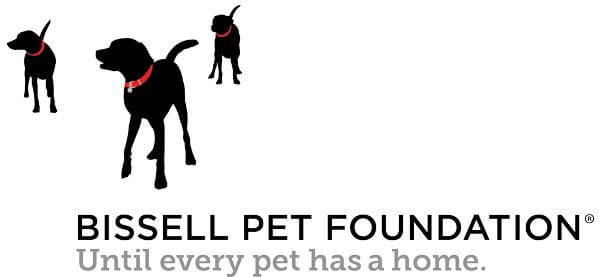Support your dog’s digestion, enhance immunity, and promote a balanced microbiome with this innovative approach. Explore the benefits of postbiotics for dog gut health.
A “new kid on the block”, postbiotics play a range of roles and offer numerous benefits for your dog’s gut health. By now, most of us are familiar with probiotics and prebiotics. These compounds offer significant health benefits for both humans and dogs. More recently, the term “postbiotics” has been coming into view. You may be unfamiliar with it, so let’s take a look at postbiotics for dog gut health and the roles they play.
Understanding postbiotics
- Postbiotics are what’s left behind after the body digests prebiotics and probiotics. Healthy postbiotics include nutrients such as vitamins B and K, amino acids, and antimicrobial peptides, which help slow the growth of harmful bacteria. Other postbiotic substances, called short-chain fatty acids, help healthy bacteria flourish.
- Postbiotics play many roles. They modulate immune response and gene expression, inhibit pathogen binding, maintain intestinal barriers, and help control carcinogenesis and pathogenic infections. They provide antimicrobial, antioxidant, and immunomodulatory properties, along with favorable physiological, immunological, neuro-hormonal, regulatory, and metabolic reactions.
- Postbiotics play a crucial part in immune system health. They influence intestinal barrier tightness and the intestinal ecosystem. Additionally, they indirectly shape the structure of intestinal flora. This means postbiotics can treat or prevent many diseases, including those for which no effective etiological treatments exist.
- Postbiotics help control biofilms. When included in products like food toppers or dental chews, they can help prevent plaque buildup on your dog’s teeth.

Postbiotics have numerous advantages over live bacteria
Postbiotics can act as alternatives to prebiotics and probiotics, especially for immunosuppressed or young patients. They have several advantages over live bacteria. For example, there is no risk of bacterial translocation from the gut to the blood, or acquisition of antibiotic-resistant genes.
Because postbiotics are dead, they are easier to work with. Unlike probiotics, they don’t need refrigeration. Extracting, standardizing, transporting, and storing postbiotics is simpler as compared to prebiotics and probiotics.
Postbiotics are also used to preserve and enhance the nutritional properties of food. The quantity and type of postbiotics in products depend on factors like the bacterial strain, culturing medium, and post-propagation treatment of the bacteria.
Postbiotics in food don’t undergo post-propagation treatment and contain only soluble factors, such as metabolic by-products secreted into the medium during bacterial growth.
Providing postbiotics to your dog
- Increase the amount of postbiotics in your dog’s system by adding fermented foods to his diet, such as kefir, kombucha, tempeh, and kimchi.
- Give him a postbiotic supplement – these are now available for dogs, though not extensively as yet. As always, consult with a holistic or integrative veterinarian before giving your dog a new supplement.
- Look for high quality treats, chews and meal toppers that contain postbiotics.
- Consider Microbiome Restorative Therapy.
Postbiotics play a variety of roles in canine (and human) health. They support digestion and beneficial gut bacteria, help balance the microbiome, and aid in maintaining a healthy immune system. While research into postbiotics for dog gut health is ongoing, the evidence so far suggests they could offer even more health benefits than we currently realize.
Post Views: 78
Source: Animal Wellness Magazine












